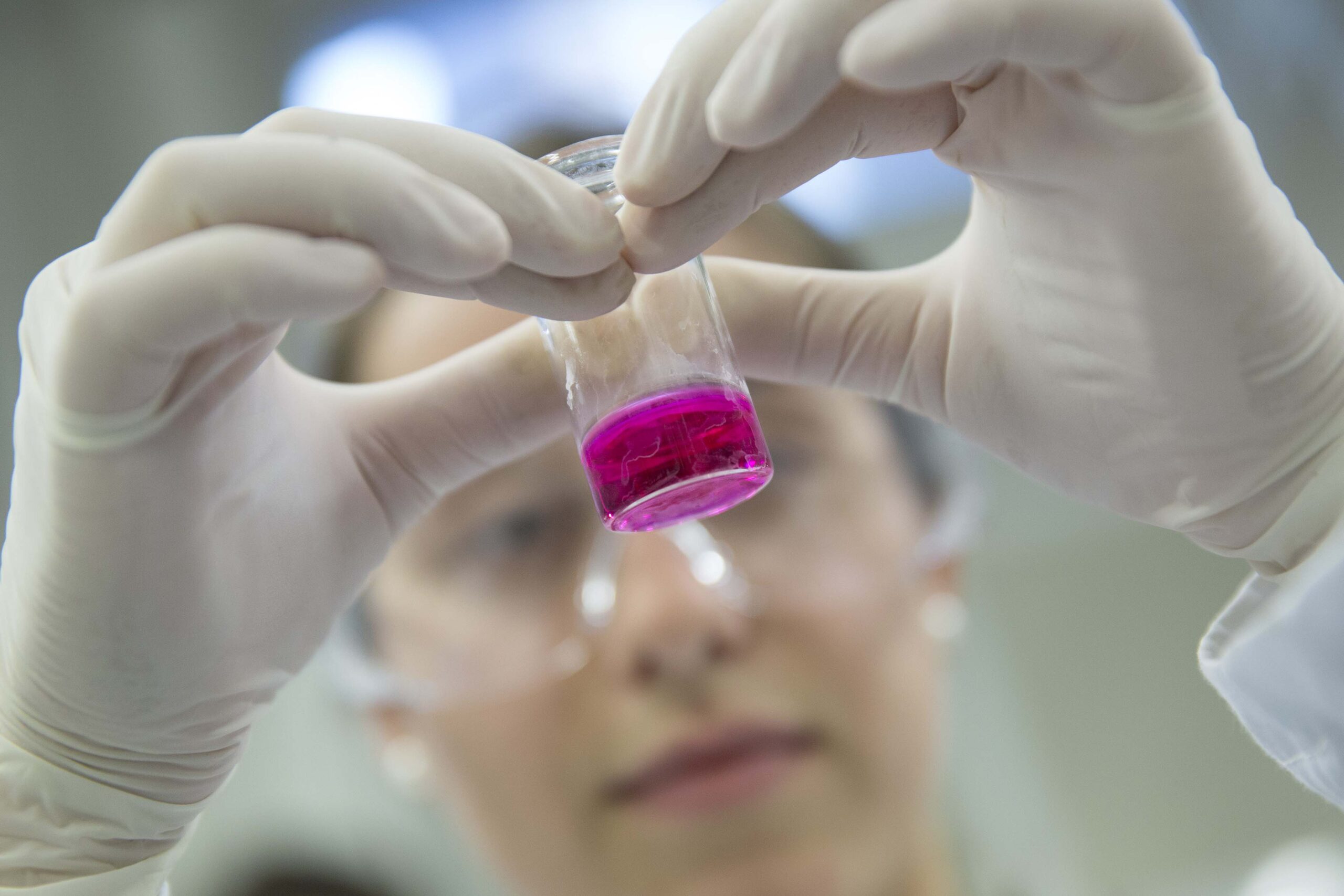Economic development and economic and social growth are producing substantial changes in ecosystems with devastating consequences. Therefore, it is essential to understand the main effects and changes that occur in the metabolic profiles of living organisms when they are exposed to various pollutants.
Metabolomics studies the changes that occur in the metabolic profile of an organism and therefore provides us with an overview of what occurs, studying the smallest molecules and the interaction between them. Specifically, environmental metabolomics analyses the changes that occur in an organism as a result of exposure to environmental pollutants. Analyses of these changes in metabolite levels are carried out using advanced analytical techniques that are capable of determining and characterizing target molecules with sufficient sensitivity. Specifically, liquid chromatography coupled to mass spectrometry is the best option in terms of sensitivity, specificity, and sample preparation needs, among others.
Within this context, Dr Marina Bellot Pulido recently defended her doctoral thesis, conducted within the Department of Analytical and Applied Chemistry at IQS. Entitled Targeted analysis for metabolomic studies in aquatic organisms, her thesis was supervised by Dr Cristian Gómez Canela, professor and researcher with the Environmental Processes Engineering and Simulation Group (GESPA). Her thesis is framed within the development and optimization of extraction and analysis techniques to evaluate the changes in the metabolic profile of two model organisms: an invertebrate, the Daphnia magna, and a vertebrate, the Danio rerio, or zebrafish, after having been exposed to environmental pollutants – pesticides, medicines, or drugs – present in aquatic systems and which cause alterations to the central nervous system.
Her research was conducted in collaboration with the group led by Dr Demetrio Raldua and Dr Carlos Barata, experts in toxicology at the Institute of Environmental Diagnosis and Water Studies IDAEA – CSIC, and with Dr David Wishart and Dr Rupsari Mandal from The Metabolomics Innovation Centre (TMIC) at the University of Alberta, Canada.
In her thesis, Dr Bellot optimized, first of all, the extraction and derivatization processes of the different target metabolites in the different tissues analysed – whole organism, brain, and intestine – in the two studied model organisms, with cold homogenization methods to avoid the degradation of the metabolites.
Regarding analytical techniques, in her thesis the chromatographic and spectrometric conditions were optimized by means of liquid chromatography coupled to tandem mass spectrometry – UHPLC-MS/MS to improve the chromatographic separation and the sensitivity of the analyses. As such, she was able to develop an analytical methodology that was subsequently applied to evaluate the effects that the different environmental pollutants analysed have on the behaviour and metabolism of the two cases of model organisms mentioned: Daphnia magna and zebrafish, in the latter case using adult fish and larvae.
In each case, the target metabolites were chosen depending on the characteristic of the matrix and the target effect of the contaminant. Thus, the effect of neuroactive contaminants on brain tissue could be determined and evaluated, and these studies determined the changes produced in the levels of neurotransmitters. On the other hand, her studies also analysed the effect on intestinal tissue, and the target metabolites have been neurotransmitters, fatty acids, and lipids.
In short, Dr Bellot’s research has proved the possibility of evaluating the potential risk that exists in exposure to environmental pollutants using LC-MS analytical techniques. Furthermore, she has been able to evaluate the alteration caused by these exposures in the metabolic and behavioural profiles of the species studied, providing evidence on the need to control and regulate the presence of environmental pollutants in ecosystems.
Related publications
Daphnia magna:
M. Bellot et al., (2021), Aqueous stability and degradation of psychiatric and neuroactive compounds and its biological activity in Daphnia magna, The Science of the Total Environment, 798: 149252
M. Bellot et al., (2021), Pharmacological Modulation of Behaviour, Serotonin and Dopamine Levels in Daphnia magna exposed to the Monoamine Oxidase Inhibitor Deprenyl, Toxics 9(8):187
M. Bellot et al., (2022), Phototactic behaviour and neurotransmitter profiles in two Daphnia magna clones: Vertical and horizontal responses to fish kairomones and psychotropic drugs, Science of Total Environment, 830, 154684
M. Bellot et al., (2024), Daphnia magna an emerging environmental model of neuro and cardiotoxicity of illicit drugs, Environmental Pollution 344:123355
Zebrafish:
M. Bellot et al., (2021) Differential Modulation of the Central and Peripheral Monoaminergic Neurochemicals by Deprenyl in Zebrafish Larvae, Toxics, 9(6), 116
M. Bellot et al., (2024), Short-term exposure to environmental levels of nicotine and cotinine impairs visual motor response in zebrafish larvae through a similar mode of action: Exploring the potential role of zebrafish α7 nAChR, Science of the Total Environment, 912, 169301.
M. Bellot et al., (2021), A zebrafish Model of Neurotoxicity by Binge-like Methamphetamine Exposure, Front. Pharmacology, 12:770319
M. Bellot et al., (2024), From dysbiosis to neuropathologies toxic effects of glyphosphate in zebrafish, Ecotoxicology and Environmental Safety, 270, 115888.
This thesis has been conducted within the COGNIRISK project (PID2020-113371RA-C22) – COGNICHEM with aid from the Ministry of Science and Innovation – State Research Agency of the Government of Spain.
















